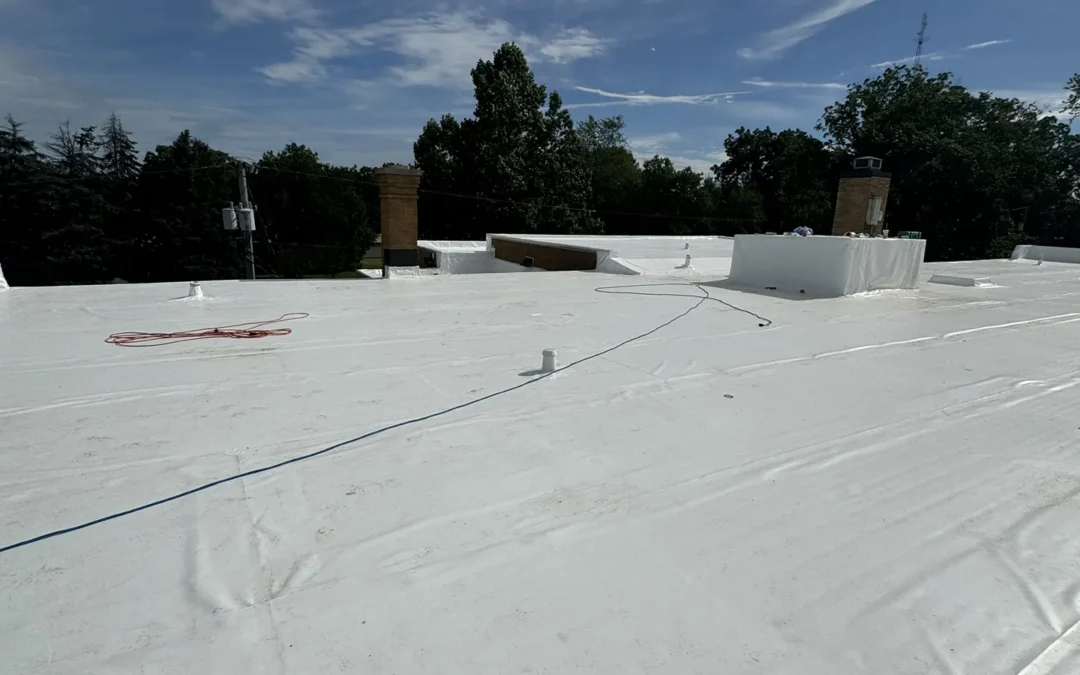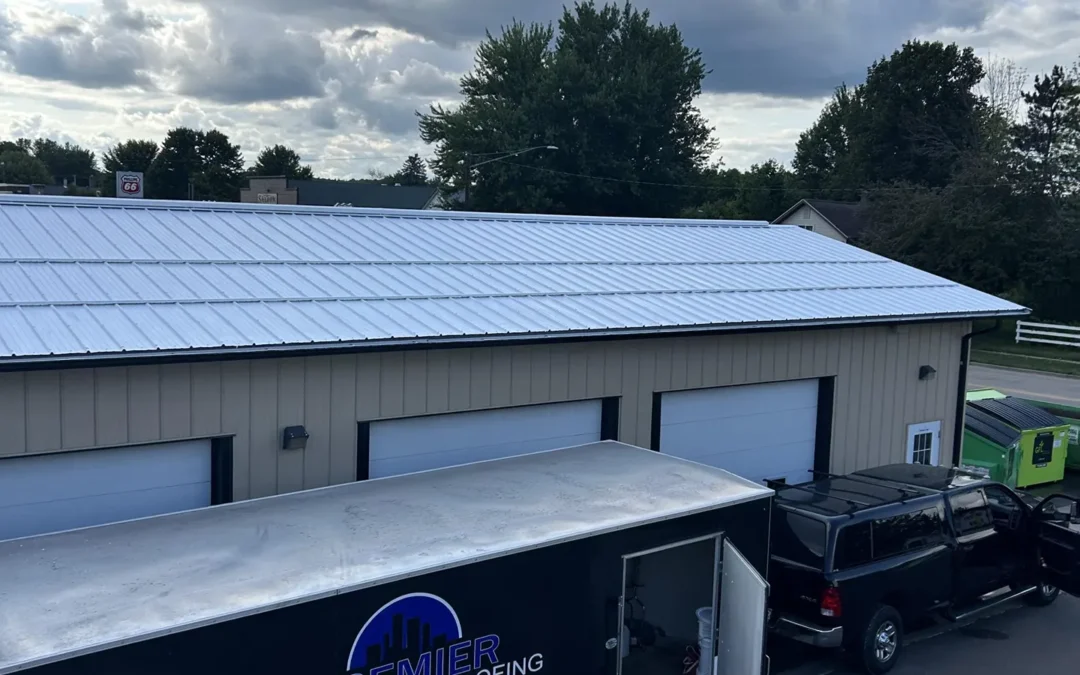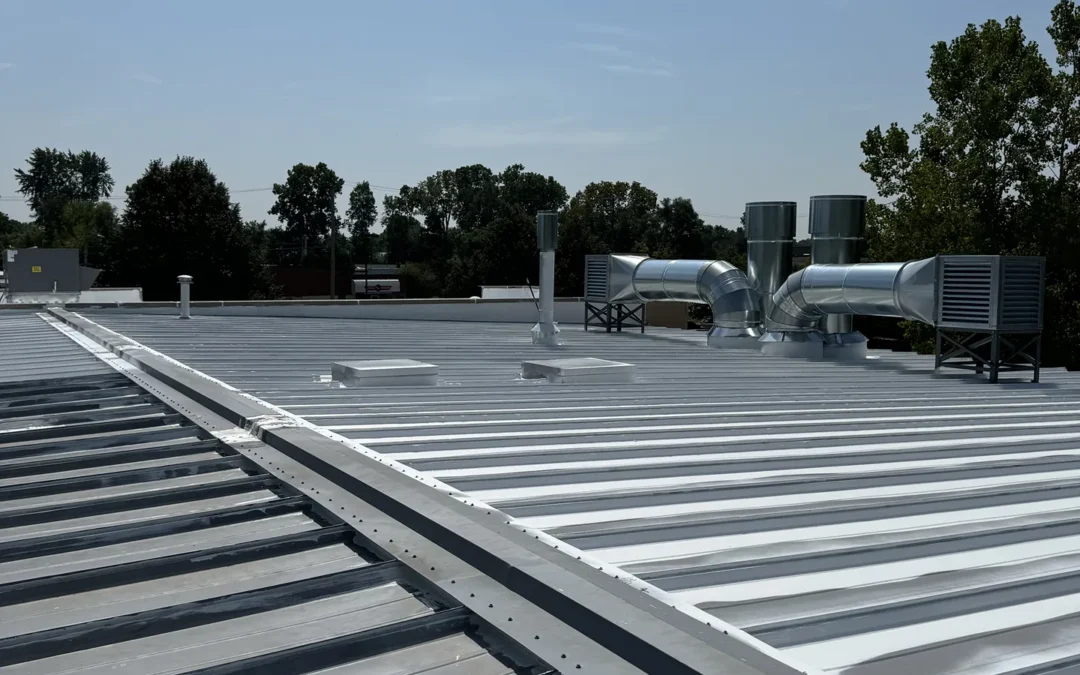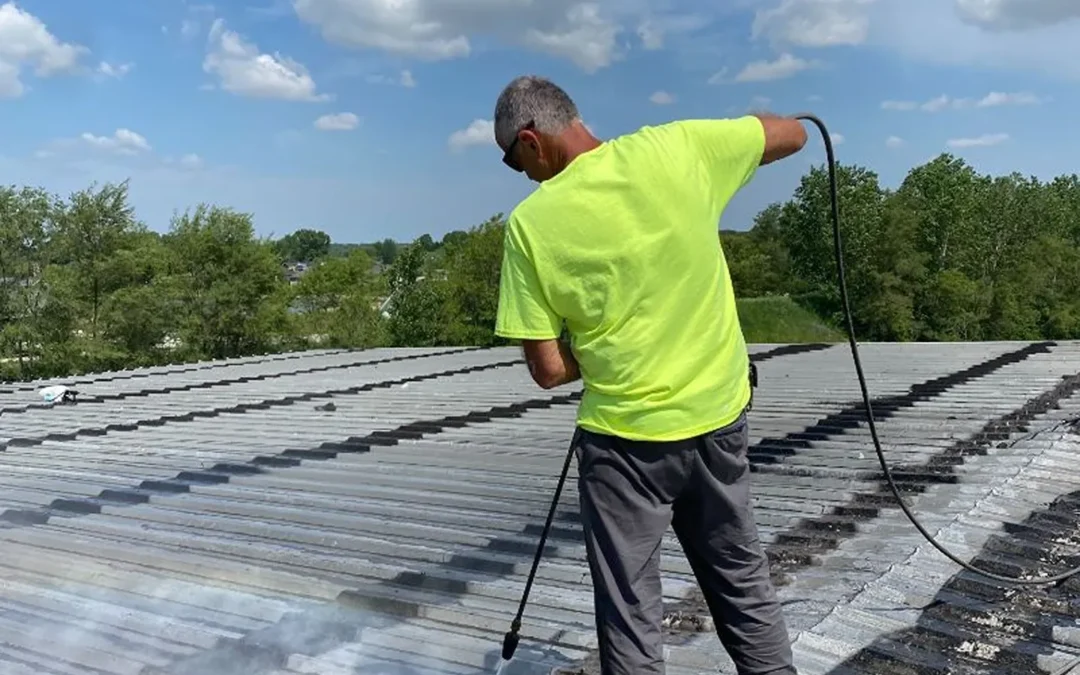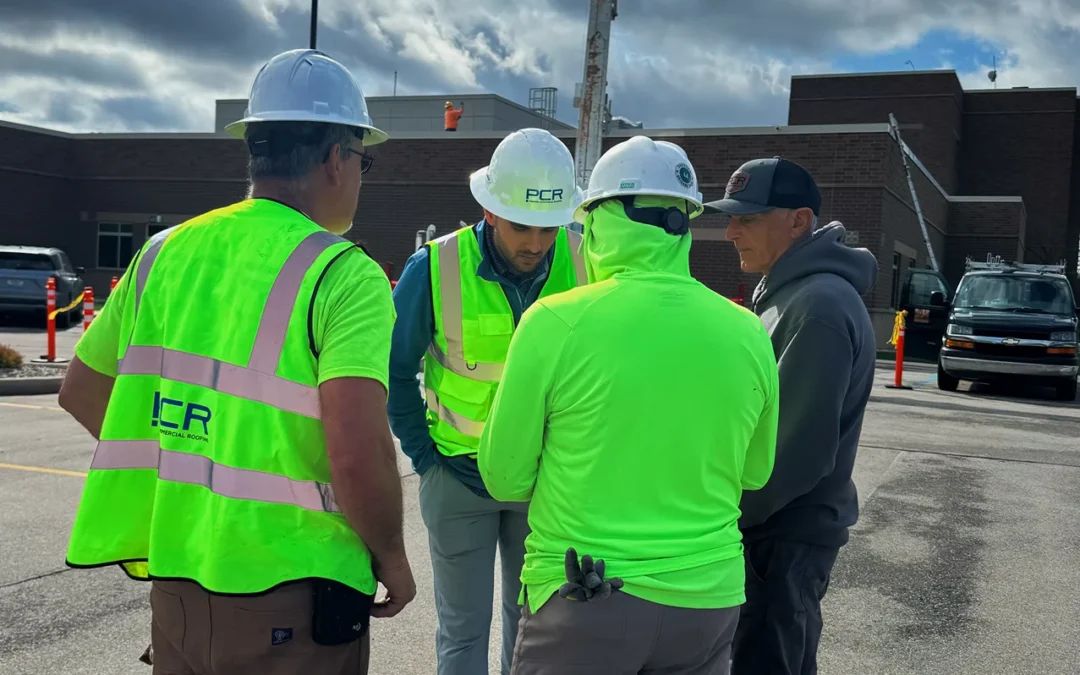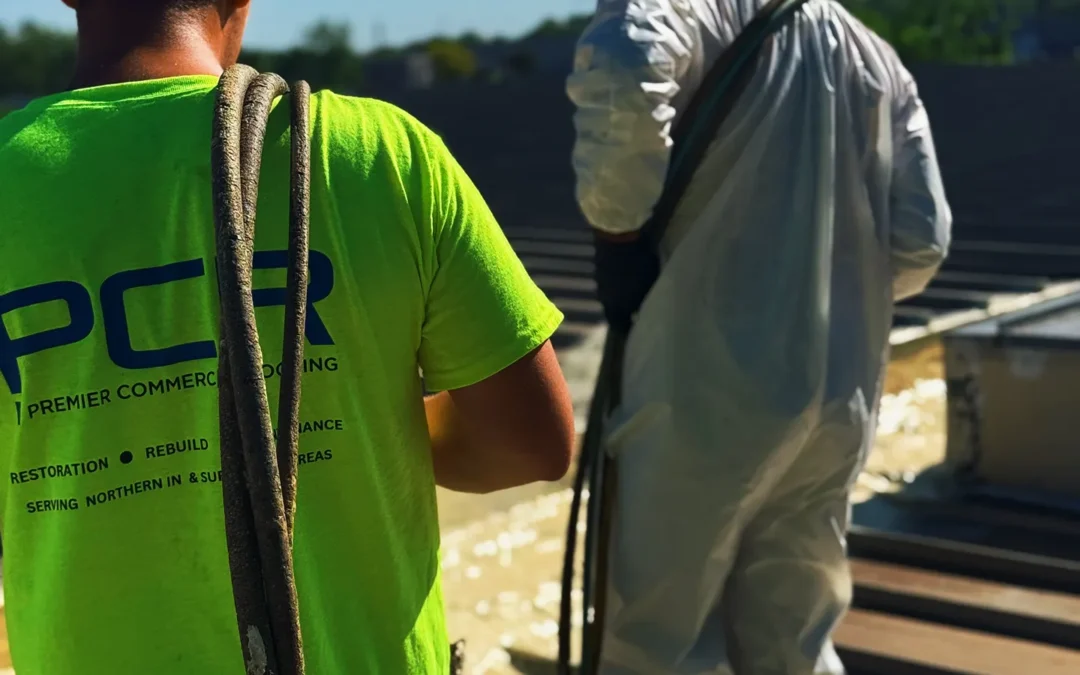Whether you’re a homeowner or a property manager, understanding how long a roof lasts is essential for planning, budgeting, and protecting your investment. A roof’s lifespan is influenced by many factors, but two of the most important are the type of material used and the climate in which the building is located.
In this guide, we break down the average lifespan of various roofing materials and explain how climate conditions can accelerate or reduce that lifespan. We’ll also share tips on extending your roof’s durability and knowing when it’s time to replace it.
What Factors Affect Roof Lifespan?
Several variables impact how long a roof will last. The type and quality of the roofing material play a significant role, but other factors are just as important. Climate and exposure to extreme weather can wear down materials over time. Roof slope, drainage, and ventilation also affect performance. Even the skill of the installer and how well the roof is maintained will influence how many years you can expect your roof to last. A high-quality installation and regular upkeep can add years to your roof’s service life.
Average Roof Lifespan by Material Type
Here’s a breakdown of popular roofing materials and their typical life expectancy under average conditions.
Asphalt Shingles (3-Tab and Architectural)
Asphalt shingles are among the most common residential roofing materials. Standard 3-tab shingles usually last 15 to 20 years, while architectural shingles can last up to 30 years or more. Their lifespan is shorter in hot or storm-prone regions, but they remain a cost-effective and versatile choice.
Metal Roofing (Standing Seam, Aluminum, Steel)
Metal roofs offer excellent durability, typically lasting 40 to 70 years. They hold up well in various climates, including snowy and coastal areas. With fire-resistant properties and low maintenance needs, metal roofs are a long-term solution for both homes and commercial properties.
Clay and Concrete Tile Roofing
Clay tiles can last 50 to 100 years, and concrete tiles offer similar longevity. These roofs are especially ideal in hot, dry climates where UV exposure is intense. However, their weight requires a strong structural foundation, and installation costs are higher.
Wood Shakes and Shingles
Wood roofing has a natural, timeless look and can last 20 to 40 years. However, it is more vulnerable to moisture, mold, and insect damage, especially in humid or rainy climates. Proper treatment and regular maintenance are key to maximizing its lifespan.
Slate Roofing
Slate is one of the most durable roofing materials available, with a lifespan of 75 to 150 years. It is ideal for colder climates and historic buildings, but comes with a high upfront cost and heavy weight. For those seeking a luxury, long-lasting roof, slate is hard to beat.
TPO, EPDM, and PVC (Flat Commercial Roofs)
These single-ply membranes are widely used in commercial flat roofing. TPO and PVC typically last 20 to 30 years, while EPDM can reach up to 30 years with good maintenance. Their performance can vary based on installation quality, roof traffic, and exposure to UV or chemicals.
How Climate Impacts Roof Longevity
Where you live significantly influences how long your roof will last. Weather, temperature swings, and environmental exposure all take their toll on roofing materials.
Hot and Dry Climates
Extreme heat and sunlight can cause materials to expand, contract, and degrade faster. UV rays are especially hard on asphalt shingles. Clay tiles, concrete tiles, and metal roofs tend to perform best in these environments because of their heat resistance.
Cold and Snowy Climates
Snow buildup and freeze-thaw cycles can damage shingles and other materials over time. Metal roofs and slate are highly recommended for snowy areas because they shed snow easily and resist cracking in freezing conditions.
Humid and Rainy Climates
Moisture leads to problems like mold, algae, and rot. Wood roofs often struggle in these conditions unless specially treated. Metal, synthetic, or slate roofing is better suited to wet climates and requires less maintenance.
Coastal or Windy Areas
Homes and buildings near the coast face salt exposure, high humidity, and strong winds. These elements can corrode metal and damage shingles. Wind-rated metal roofing and clay tiles are strong options for resisting salt and wind damage.
Tips to Extend the Life of Your Roof
Even the most durable roof needs routine care. Here are a few proven ways to protect your roof and increase its lifespan:
- Schedule a professional roof inspection at least once a year
- Clean gutters and remove debris regularly
- Trim overhanging trees and prevent moss growth
- Repair small leaks or damaged shingles quickly
- Apply reflective coatings or sealants when applicable
- Ensure your attic is properly ventilated and insulated
Small actions taken regularly can prevent major problems and add years of life to your roof.
When to Consider Roof Replacement
No roof lasts forever. Knowing when to replace your roof is critical for avoiding interior damage and escalating repair costs. Warning signs include curled, missing, or cracked shingles, persistent leaks, sagging, daylight visible in the attic, or frequent repairs. If your energy bills are rising and your roof is nearing the end of its expected lifespan, it may be time to consider replacement.
In many cases, the cost of ongoing repairs begins to outweigh the benefit, especially if the roof is already more than 20 or 30 years old. A roof replacement is not just a repair. It is a long-term investment in the safety, comfort, and efficiency of your property.
Final Thoughts: Make Informed Decisions Based on Your Roof Type and Climate
Your roof is one of the most important protective features of your building. Understanding how long different roofing materials last and how climate affects that lifespan is key to making informed decisions. Whether you’re planning a new installation or evaluating the condition of an older roof, choosing the right material and maintaining it properly can help you avoid costly surprises.
If you’re unsure how your current roof is holding up or need help selecting the right option for your property, expert advice makes all the difference.
Premier Commercial Roofing specializes in residential and commercial roof inspections, replacements, and maintenance strategies tailored to your region and building type. We help you protect your investment and maximize your roof’s performance.
Contact Premier Commercial Roofing today to schedule a roof assessment or get a quote for your next project.













